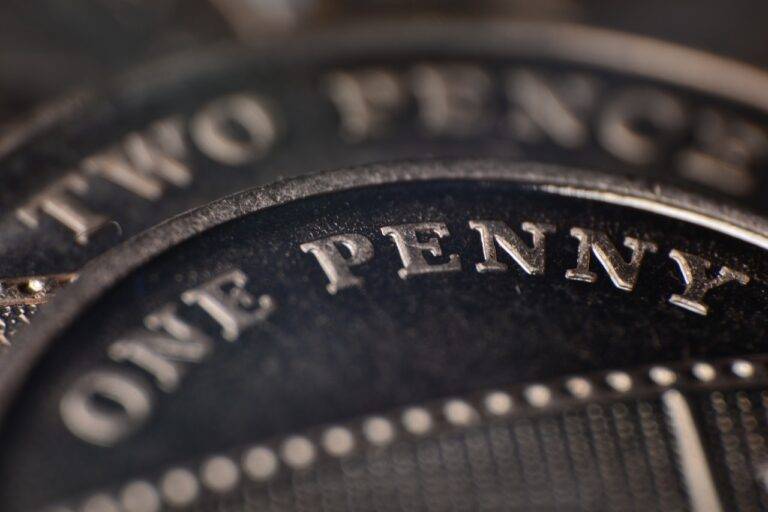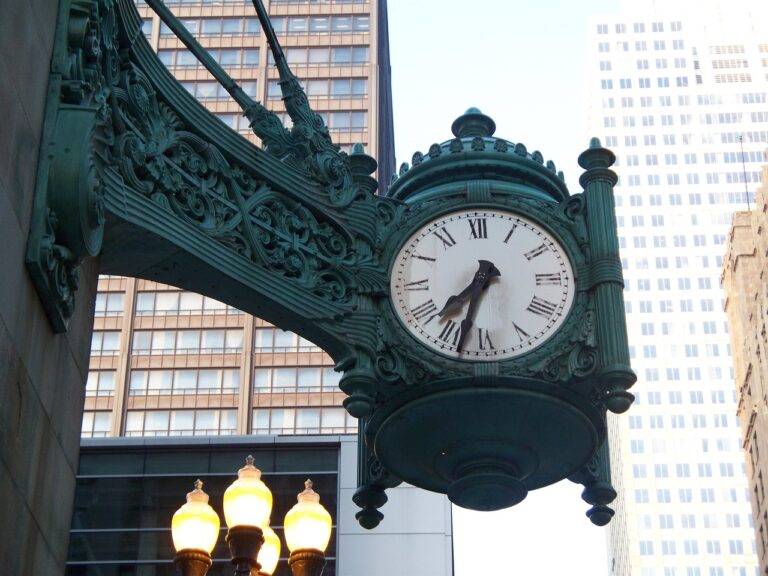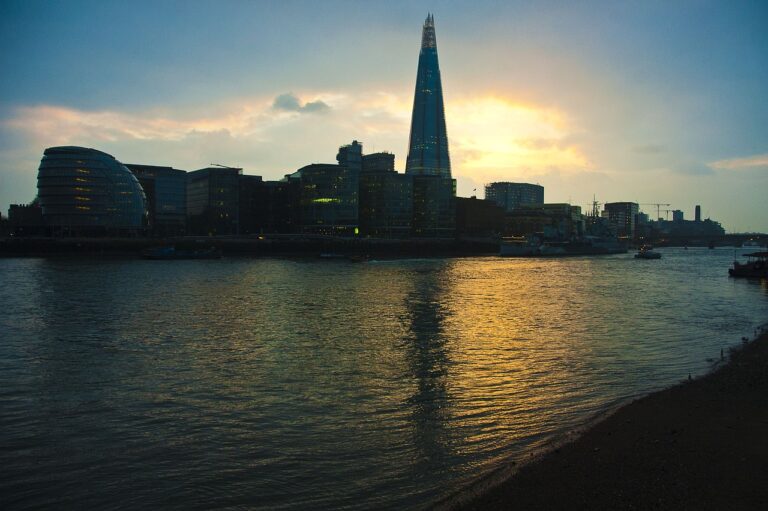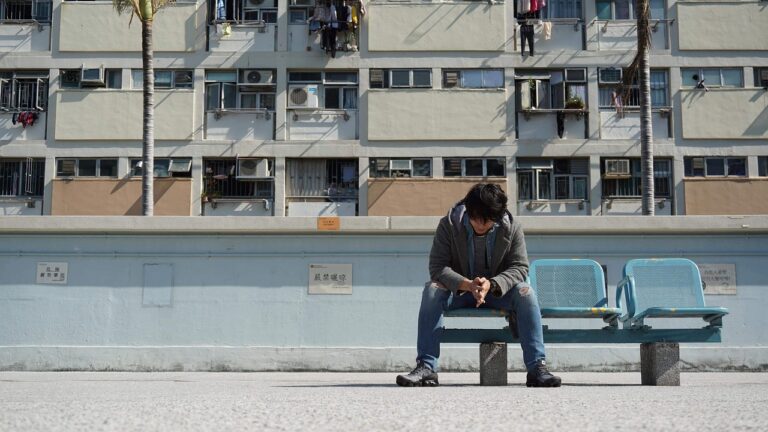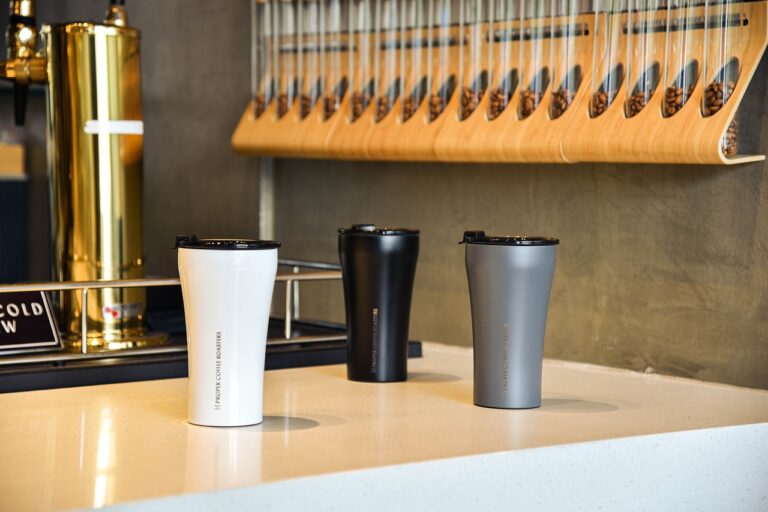The Role of Virtual Reality in Product Design
Virtual Reality (VR) technology has rapidly evolved in recent years, making significant advancements in various industries, including product design. This innovative technology offers designers and manufacturers a new way to visualize, prototype, and test products in a virtual environment before physical production begins. In this article, we will explore the role of Virtual Reality in product design and how it is transforming the design process.
Understanding Virtual Reality in Product Design
Virtual Reality is a computer-generated simulation of a three-dimensional environment that can be interacted with in a seemingly real or physical way by a person using special electronic equipment, such as a headset or gloves. In product design, Virtual Reality allows designers to create and experience virtual prototypes of their products in a simulated environment, providing a more immersive and realistic design experience.
Benefits of Virtual Reality in Product Design
There are numerous benefits of using Virtual Reality in product design, including:
1. Improved Visualization
Virtual Reality allows designers to visualize their products in a three-dimensional space, providing a better understanding of how the product will look and function in real life. This helps designers make informed decisions and modifications to the design before moving forward with physical production.
2. Rapid Prototyping
Virtual Reality enables designers to quickly create and test multiple prototypes of a product without the need for physical materials. This saves time and resources by allowing designers to iterate on designs more efficiently and make necessary changes in a virtual environment.
3. Enhanced Collaboration
Virtual Reality facilitates collaboration among designers, engineers, and stakeholders by allowing them to interact with the virtual prototype simultaneously. This ensures that everyone is on the same page and can provide feedback in real-time, leading to better design decisions and outcomes.
Case Studies: Virtual Reality in Product Design
Several companies have successfully implemented Virtual Reality in their product design process and have seen significant improvements in design quality and efficiency. One such example is Ford, a leading automotive manufacturer, which uses Virtual Reality to design and prototype new car models before physical production begins.
By creating virtual prototypes, Ford designers can explore different design options, test ergonomics, and simulate driving experiences to ensure the final product meets customer expectations. This has resulted in faster design iterations, improved decision-making, and reduced time-to-market for new car models.
Challenges and Limitations of Virtual Reality in Product Design
While Virtual Reality offers numerous benefits for product design, there are also challenges and limitations that designers must consider, including:
1. Cost
Implementing Virtual Reality technology can be expensive, requiring specialized equipment and software to create and view virtual prototypes. Small companies may find it challenging to invest in Virtual Reality technology due to cost constraints.
2. Learning Curve
Using Virtual Reality for product design requires training and expertise to operate the technology effectively. Designers and engineers may need to learn new tools and techniques to leverage Virtual Reality in the design process, which can be time-consuming.
Future Trends in Virtual Reality and Product Design
As Virtual Reality technology continues to advance, we can expect to see new trends emerge in product design, such as:
1. Augmented Reality Integration
Virtual Reality and Augmented Reality are increasingly being integrated into product design processes to provide a more immersive and interactive design experience. This allows designers to overlay virtual objects onto the real world and test product designs in different environments.
2. AI-powered Design Tools
Artificial Intelligence (AI) is being used to enhance Virtual Reality design tools by automating repetitive tasks, predicting design outcomes, and generating alternative design options. This enables designers to explore a wider range of design possibilities and make informed decisions more efficiently.
FAQs
Q: Can Virtual Reality be used for all types of product design?
A: Virtual Reality can be used for a wide range of product design applications, including consumer products, automotive design, industrial design, and more. However, the suitability of Virtual Reality for a specific design project depends on factors such as budget, project requirements, and design complexity.
Q: How does Virtual Reality enhance the design process?
A: Virtual Reality enhances the design process by providing designers with a more immersive and realistic design experience, enabling them to visualize, prototype, and test products in a virtual environment before physical production begins. This saves time and resources by allowing designers to iterate on designs more efficiently and make informed decisions.
Q: What are some best practices for implementing Virtual Reality in product design?
A: Some best practices for implementing Virtual Reality in product design include investing in high-quality VR equipment and software, providing training for designers and engineers, collaborating with stakeholders throughout the design process, and continuously refining the VR design process based on feedback and insights gained from virtual prototypes.


